‘Before making a print, let me remind you again that you must first make the proper proof in order to select the negative for printing.’
‘Please do not short cut this step. An outstanding print is always the product of an outstanding negative. No one can positively translate negative densities – as seen on a viewing table – into emotional values. You must see the way it prints. The proper proof identifies the qualities of the negative.’
-Fred Picker, ZONE VI WORKSHOP; The Fine Print In Black & White Photography, Amphoto, Garden City, NY, 1974, p. 44-
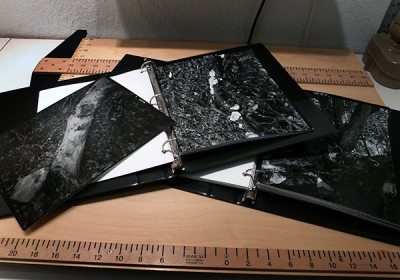 While working on all of the negatives from our last trip, and a couple of local outings, I began thinking about proofing and just how important the proof is to the fine art photograph. I guess I take a lot of what I do for granted and seem to believe that everyone else understands the process. This may not be all that true and maybe it would be a good idea to emphasize in a little more detail the importance of proofing.
While working on all of the negatives from our last trip, and a couple of local outings, I began thinking about proofing and just how important the proof is to the fine art photograph. I guess I take a lot of what I do for granted and seem to believe that everyone else understands the process. This may not be all that true and maybe it would be a good idea to emphasize in a little more detail the importance of proofing.
I gained the most in my creative photographic endeavors when I discovered Fred Picker and his little book titled “ZONE VI WORKSHOP.” This little book is short and sweet, yet packed with a lot of information. You might say it is deceptively simple and short.
I believe the above quoted paragraphs from the chapter titled “THE FINE PRINT” pretty much sums up one of the most important steps in the photographic process. You have to see what you have captured on the film before you can decide to make the finished fine print. The proper proof is your absolute verification as to the validity of the negative. It is your guide, your control and provides the necessary information for the next step. . . the finished print.
We proper proof and file our proper proofs into 3-ring notebooks. This is where the second half of the creative process begins. (The first step is finding something worthy of capturing on film.) I highly recommend you proper proof every negative you make. This way you will know what your are doing and what you have to work with. The proper proof will also reveal any shortcomings or problems you may have with your equipment or technique. As Fred says, “Please do not shortcut this step.” I agree and feel it is a very important step in the creative photographic process.
Are you interested in learning more about the art and craft of black & white photography and Proper Proofing? We have created an e-book series especially for you. Within in the pages of “The Film Exposure Work Book” you will learn how to preform your own film tests and how to make proper proofs. You will find more information at our BOOK STORE.
JB & Susan

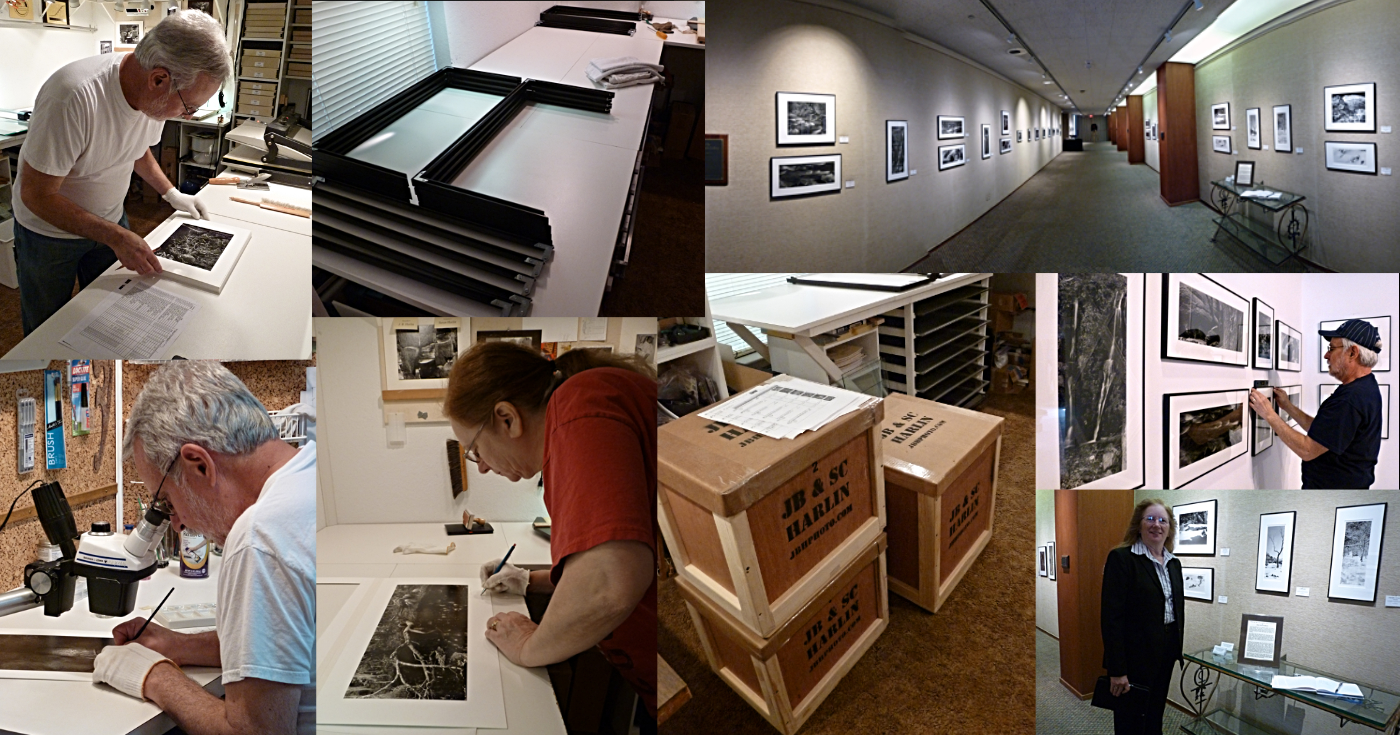
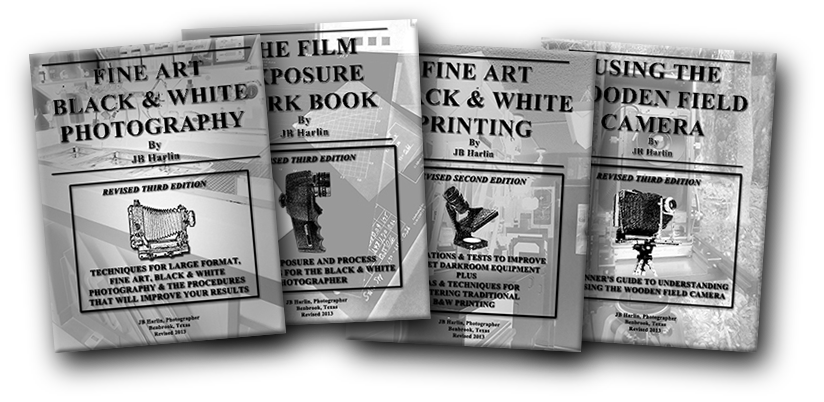
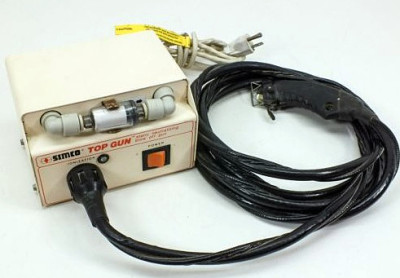

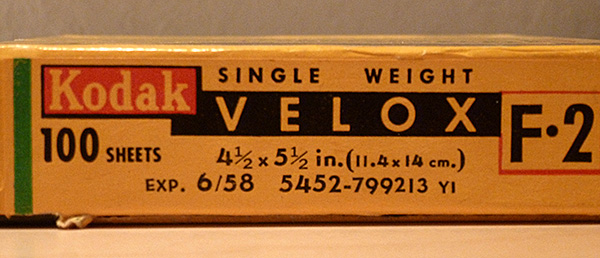
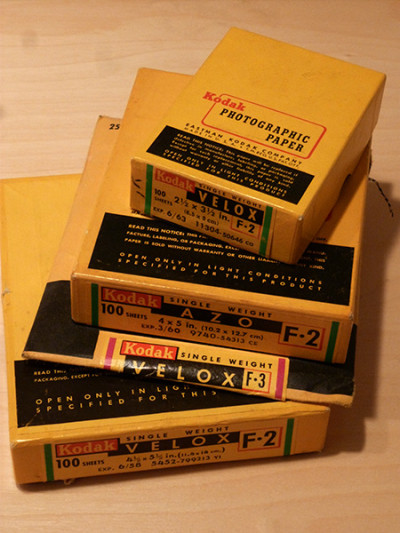 Paper fog, as a rule shows up as a general darkening of the processed paper, thus making pure white in the print an impossibility. You can easily test for paper fog. . . see my previous article, “
Paper fog, as a rule shows up as a general darkening of the processed paper, thus making pure white in the print an impossibility. You can easily test for paper fog. . . see my previous article, “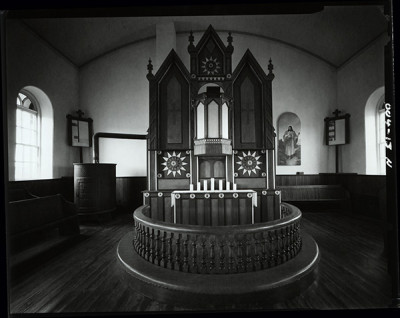
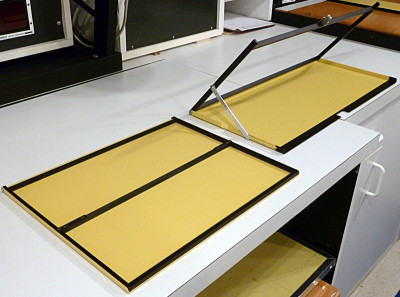
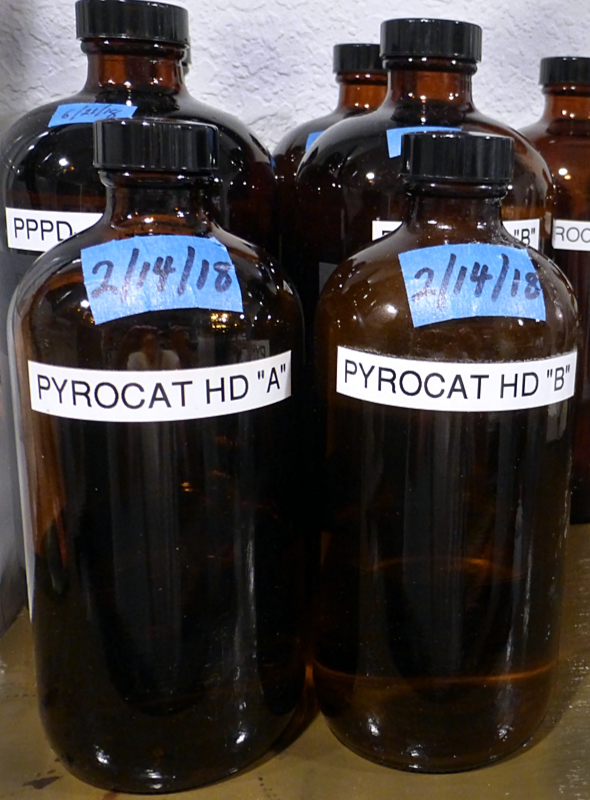
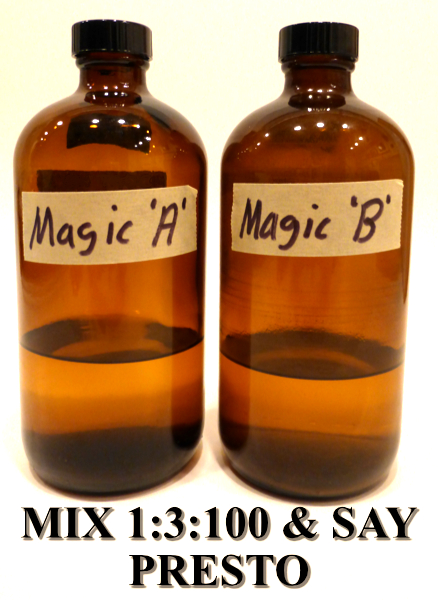
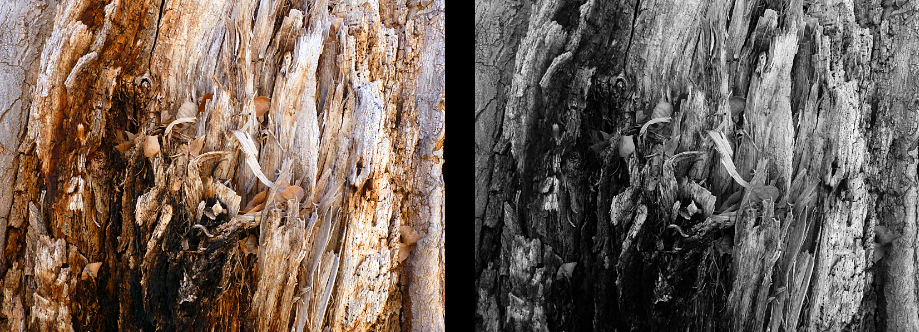
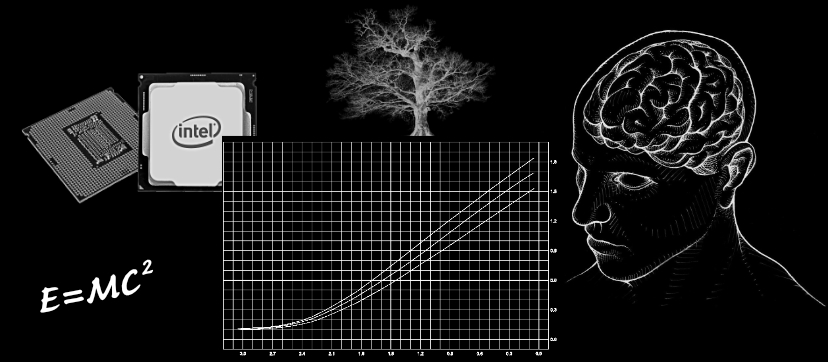
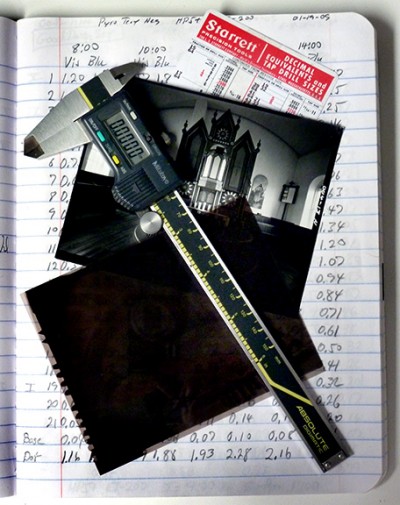 The scientist is absorbed in the process, while the artist is obsessed with the results.
The scientist is absorbed in the process, while the artist is obsessed with the results.